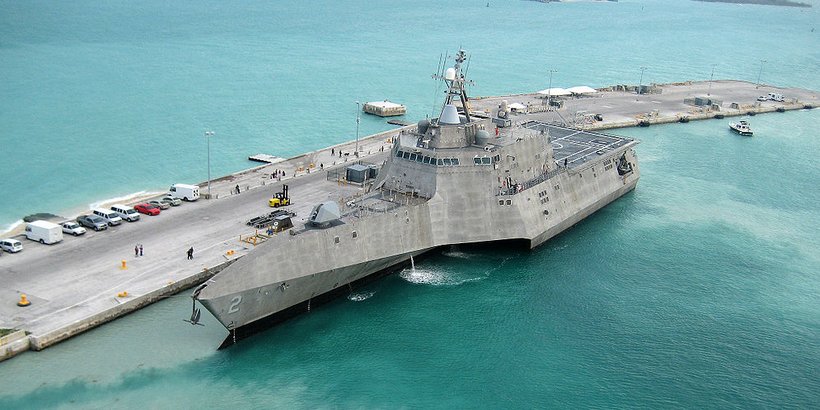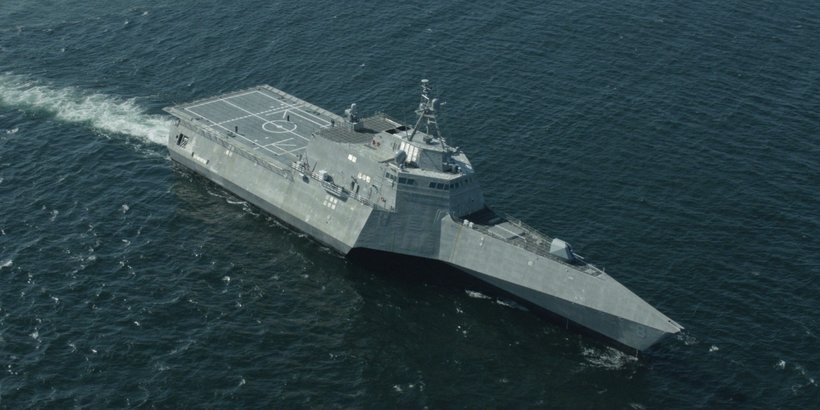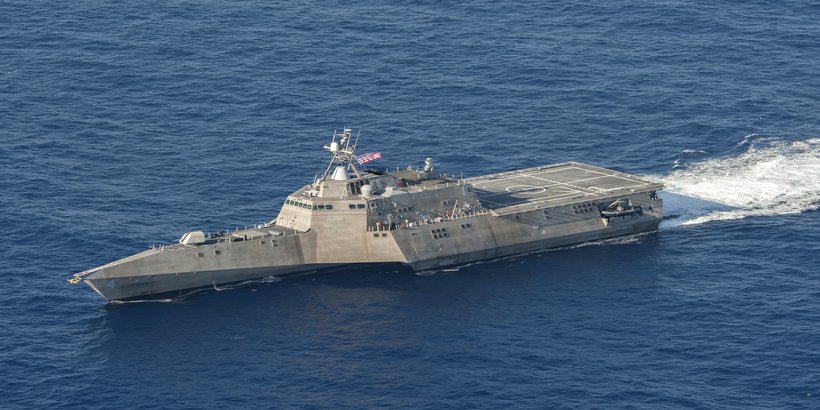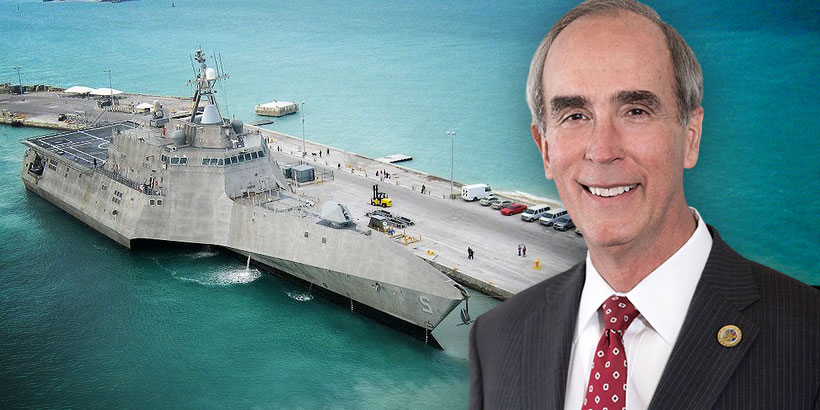
• The Navy needs 52 “small surface combatant” ships
• They have ordered 32 Littoral Combat Ships (LCS) to begin addressing that need
• Half of the LCS are made in Mobile, Ala. by Austal, which employees 4,000 Alabamians
• What are they going to do about the next 20?
• According to Navy Secretary Ray Mabus, the LCS is well-positioned to be the cheapest, most efficient vessel the Navy could produce to fill their need, but it may need modifying.
• Bottom line: Good news for south Alabama

Sen. Richard Shelby, R-Ala., once again went to bat for the Mobile, Ala.-built Littoral Combat Ship (LCS) while questioning Secretary of the Navy Ray Mabus during a senate committee hearing Wednesday.
Shelby started his questioning of Mabus by noting that the Department of Defense recently decided to reduce the overall purchase of the LCS from 52 to 32 due to budget cuts pushed by the Obama Administration. He then moved to direct questions concerning the future of the LCS program, which has been mired in uncertainty.
“I understand the decision about the future of the program will go one of three ways possibly,” Shelby said. “It could stay on track. It could be modified. Or the Navy could draw up an entirely new design.”
The potential modifications would probably be to the ship’s current weapons package, which some DoD officials have suggested may not be sufficient.
Secretary Mabus agreed with Sen. Shelby’s outline of the Navy’s options, but also added that the Navy will be looking for a low-cost option that can be produced quickly. The LCS appears to be succeeding in those two areas.
According to Mabus, the cost of building an LCS has dropped from $750 million at the beginning of the project, to about $350 million currently. “The more you buy, the price comes down,” Shelby said. “It’s basic economics,” Mabus added.

The way the LCS is designed gives it the ability to change its weapons package to fit its mission. A modified design of the LCS would likely add larger weapons and sacrifice some of its speed in return for a longer range.
“[T]he great thing that a ship like LCS brings is that, as technology changes, as missions change, because it’s modular you don’t have to change the whole ship, you just change the weapons system,” said Secretary Mabus.
Shelby expressed his optimism about the LCS program after his exchange with Mabus.
“I was pleased to hear Secretary Mabus reaffirm the Navy’s need for this critical capability and praise the work done thus far on LCS,” said Shelby. “Listening to his comments today on the future of the program, I am optimistic that Austal is well-positioned to continue meeting this essential requirement for our fleet. As Vice Chairman of the Appropriations Committee, I will continue to monitor these developments carefully.”
Follow Cliff on Twitter @Cliff_Sims










